We may earn money or products from the companies mentioned in this post. This means if you click on the link and purchase the item, I will receive a small commission at no extra cost to you ... you're just helping re-supply our family's travel fund.
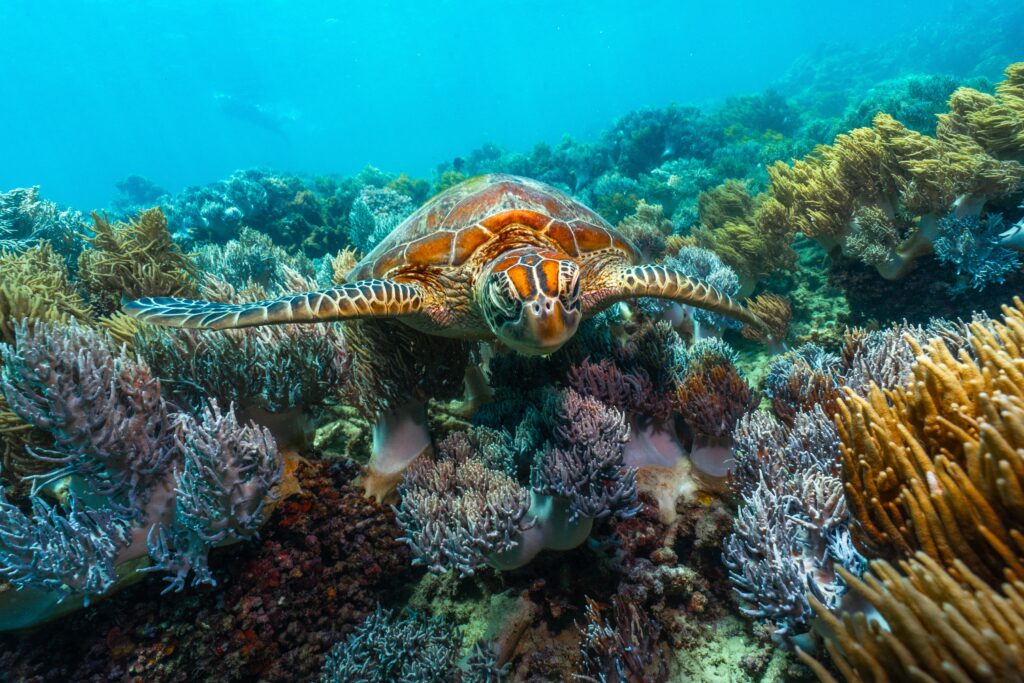
Over the past few years, a powerful travel paradox has emerged: the wilder and more fragile a place is, the faster it can be overwhelmed once it’s “discovered.” Remote ecosystems are especially vulnerable because recovery is slow, wildlife is sensitive, and basic services like waste, water, moorings, and trails can’t scale overnight. This gallery spotlights nine awe-inspiring destinations where rising tourism now meets ecological limits. The goal isn’t to discourage travel, but to inspire gentler ways of going so these wonders remain wondrous.
Antarctic Peninsula, Antarctica
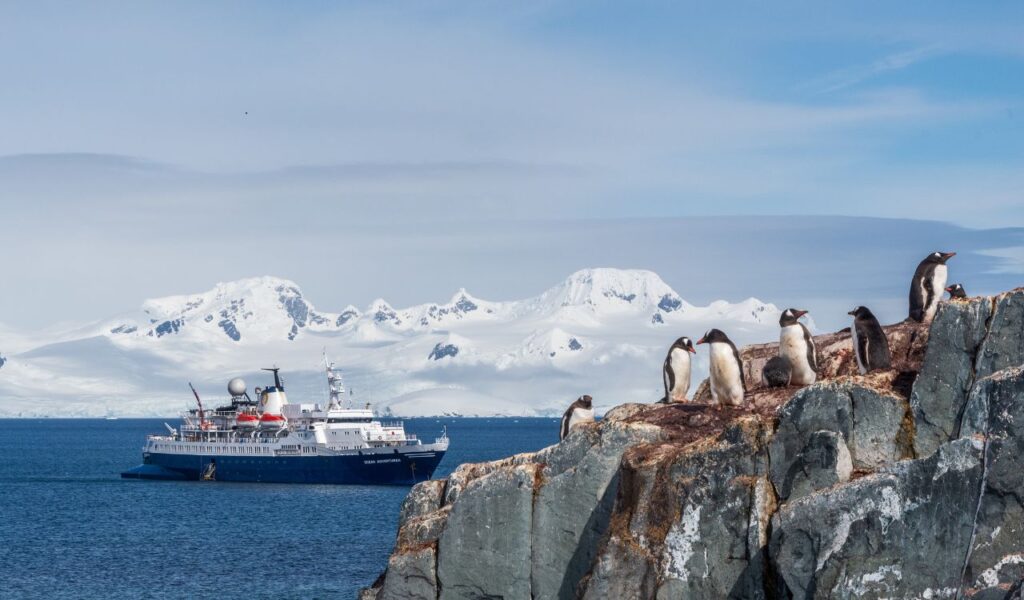
Cathedrals of ice tower over penguin highways and whale-rich channels as expedition traffic climbs in one of Earth’s fastest-warming regions in recent decades. Even small disturbances ripple through a food web tied to krill and sea ice. Strict biosecurity rules already exist, yet vigilance matters because seed or microbe stowaways can upend island ecologies. It made this list for the potent mix of last-chance allure, increasing visitation, and a polar ecosystem that heals slowly.
Galápagos Islands, Ecuador
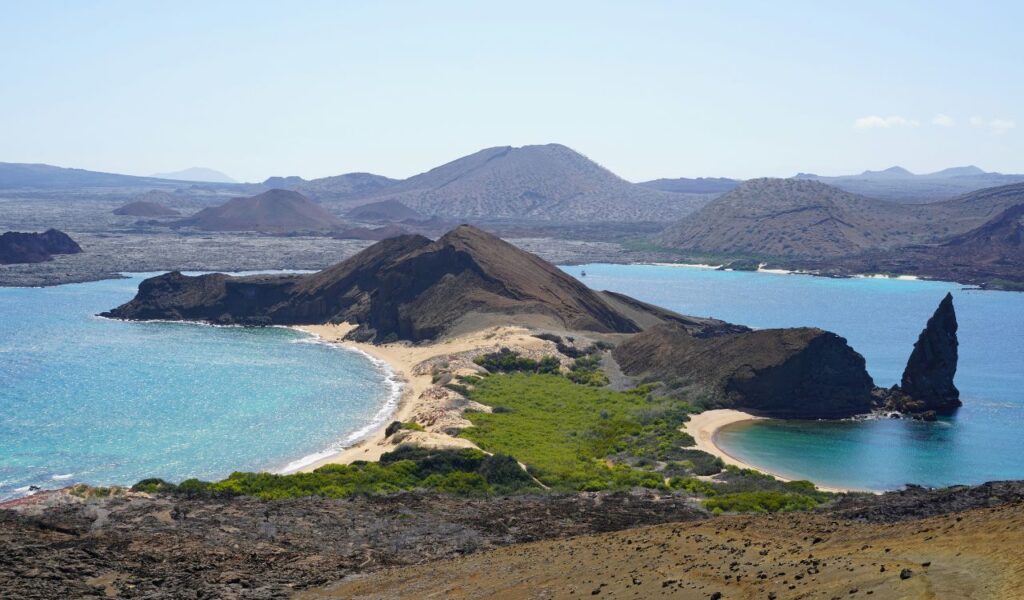
Darwin’s islands brim with blue-footed boobies, lava lizards, and giant tortoises evolved with little fear of humans. Rising arrivals and inter-island logistics heighten invasive species risk, where a single mosquito or seed can cascade through hyper-local habitats. Intrigue: marine iguanas are the world’s only sea-going lizards. The archipelago belongs here for unmatched endemism under mounting pressure, even with guided visits and tight regulations designed to protect it.
Great Barrier Reef, Australia
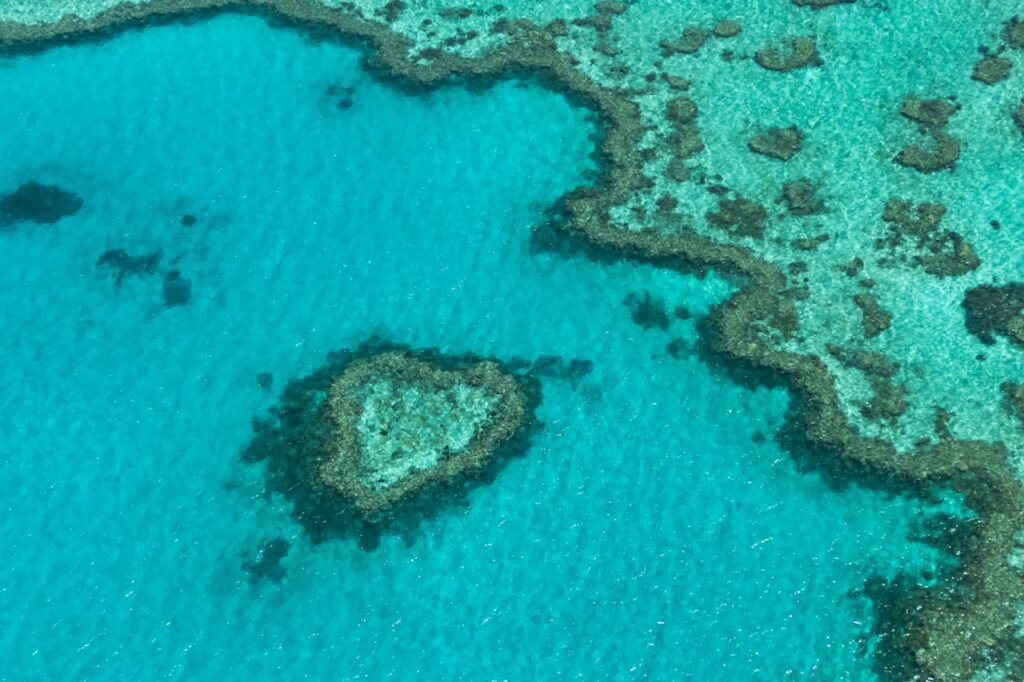
A living megastructure stretching 2,300 km, the Reef dazzles with turtles, parrotfish, and neon coral gardens. Marine heatwaves drive mass bleaching, while anchors, sunscreen chemicals, and dense tour activity can add local stress. What’s striking: parrotfish help “sand” beaches by grazing coral, yet their habitat depends on careful site management. It’s included as a fragile global icon where cumulative impacts risk narrowing the windows for natural recovery.
Amazon Rainforest, South America
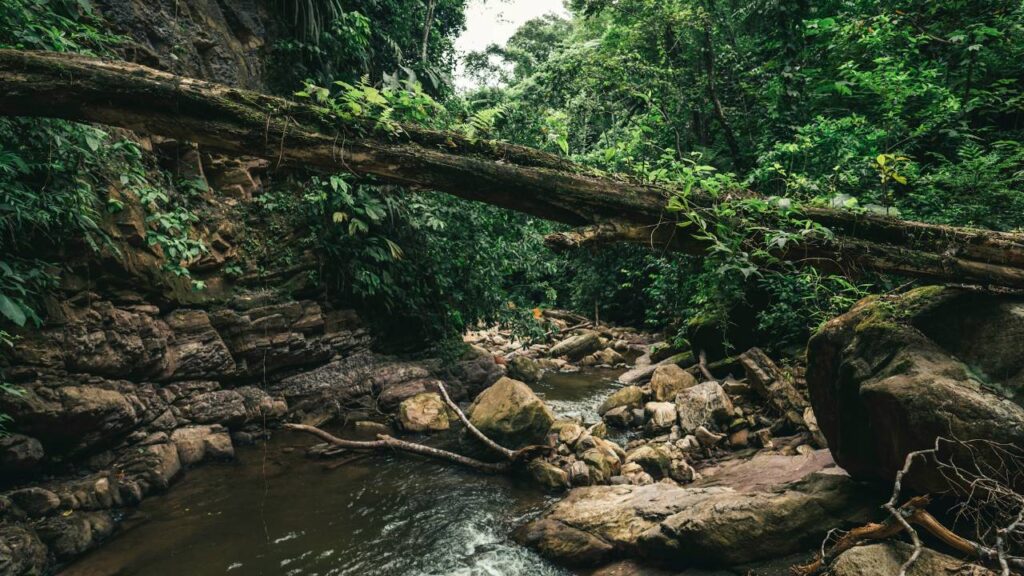
An ocean of green where river dolphins roll beneath macaws, the Amazon hosts ecotourism far along winding tributaries. Boat traffic, spotlighting, and trail expansion may amplify disturbance where fragmentation, roads, and extraction already pressure wildlife. Some giant trees predate empires, storing centuries of carbon. It’s here because remote lodges and wildlife routes, while valuable, must operate with strict limits to avoid compounding stress deep in the forest.
Ladakh, Indian Himalaya
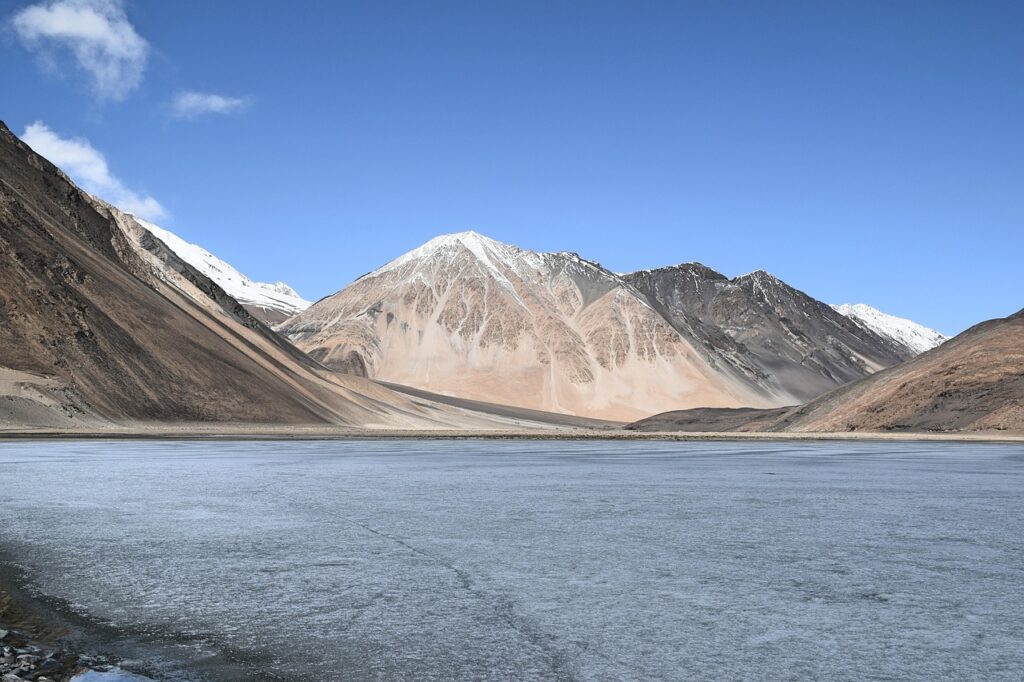
A high-altitude cold desert of cobalt lakes, cliffside monasteries, and snow leopard range faces seasonal visitor spikes that strain scarce groundwater and fragile alpine soils. Thin air and cryotic conditions mean damage lingers. Fun detail: Pangong Tso straddles two countries at around 4,350 m, and altitude itself is a stressor. It’s listed because rapid builds, waste, and traffic compound climate-driven water stress in a delicate mountain system.
Astore Valley, Gilgit-Baltistan, Pakistan
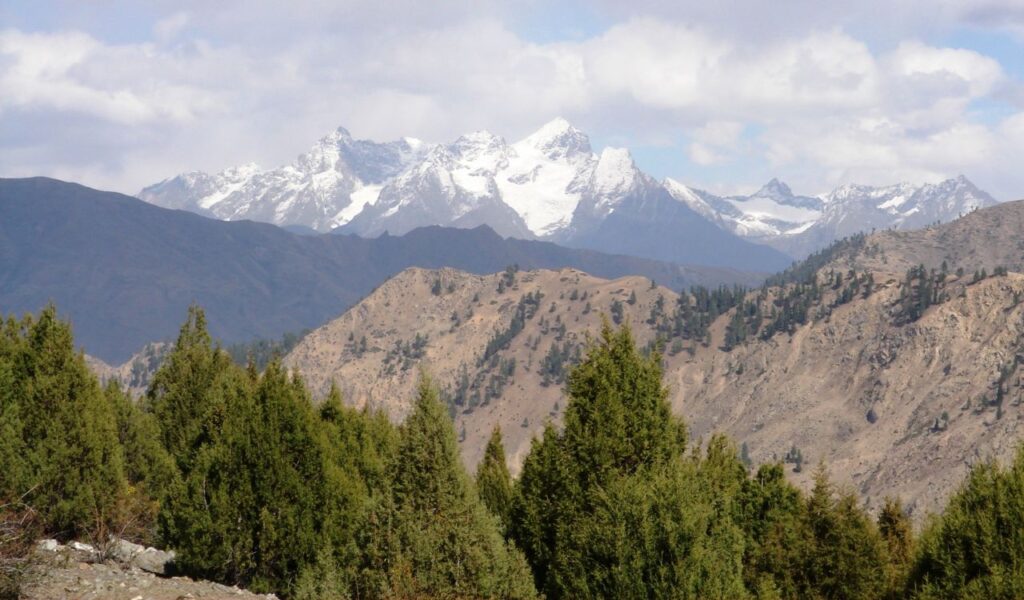
Where glacier tongues feed emerald rivers, new visitor flows bring litter, fuelwood demand, and ad-hoc construction to narrow alpine habitats. Biodiversity from ibex and raptors to wildflowers thrives within tight temperature and moisture bands, leaving little margin for disturbance. Even small land-use shifts can alter meltwater timing. It’s included because unmanaged growth risks long-lived harm in a breathtaking yet ecologically constrained corridor.
Machu Picchu & Andean Cloud Forests, Peru
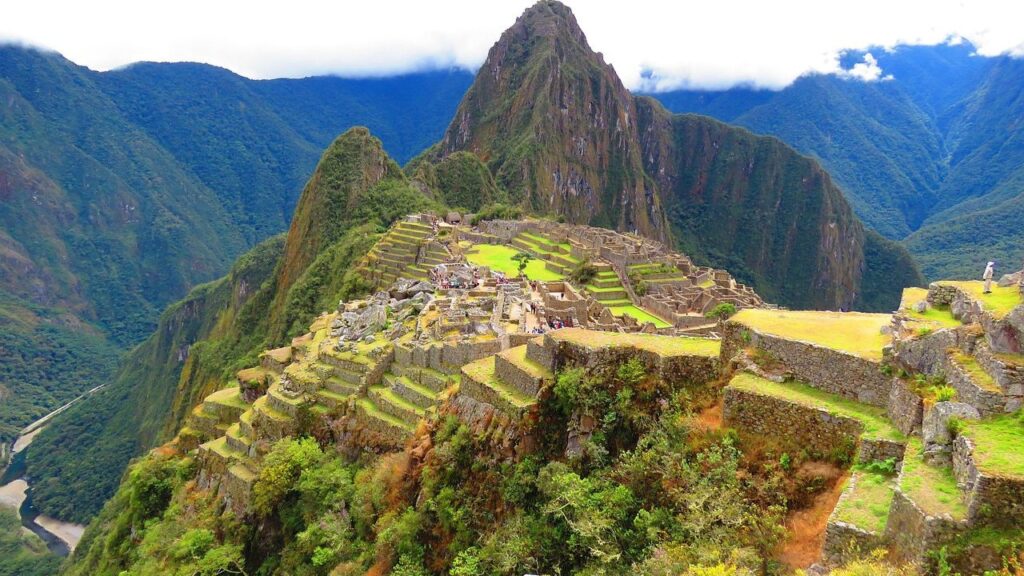
The citadel floats above mist forests alive with orchids and hummingbirds, while steep slopes magnify erosion from heavy footfall and expanded access. The Inca engineered terraces and drainage with astonishing precision, but modern volumes test those limits. A compelling detail: spectacled bears roam the valleys below. It earns its place because cultural sanctity interlocks with a biodiverse mountain edge that frays when safeguards lag.
Maya Bay, Thailand
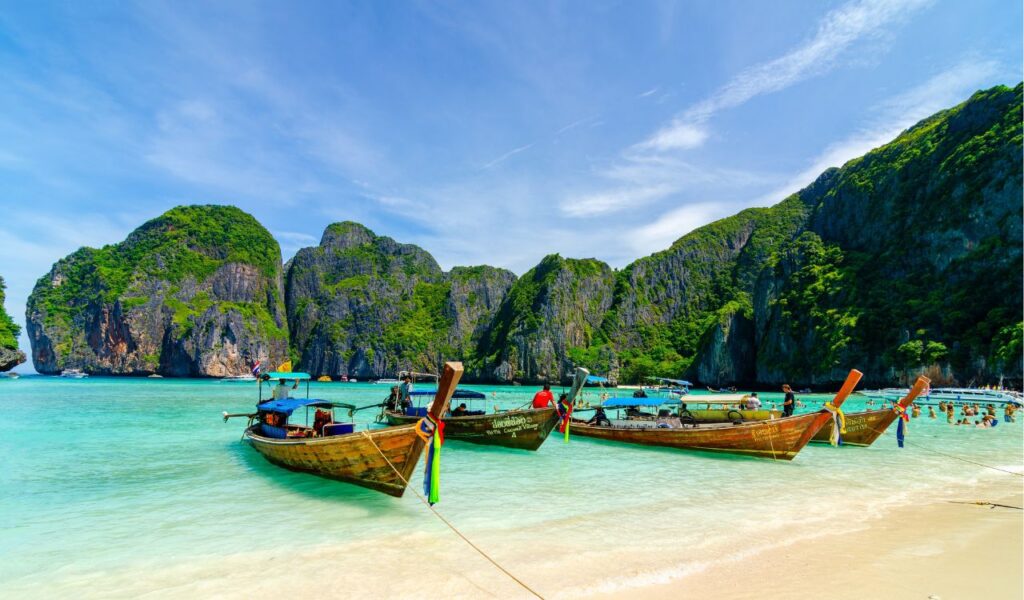
This jade amphitheater of limestone cliffs and crystalline shallows became a sensation, then a cautionary tale. Mass day trips crushed corals and clouded waters, prompting closures that showed nature’s capacity to heal. Notably, blacktip reef sharks returned during the pause. It ranks here because reopening pressures must balance the photo-perfect demand with strict caps, boat-free zones, and patience for genuine coral recovery.
Dead Sea Basin (Jordan/Israel/Palestine)
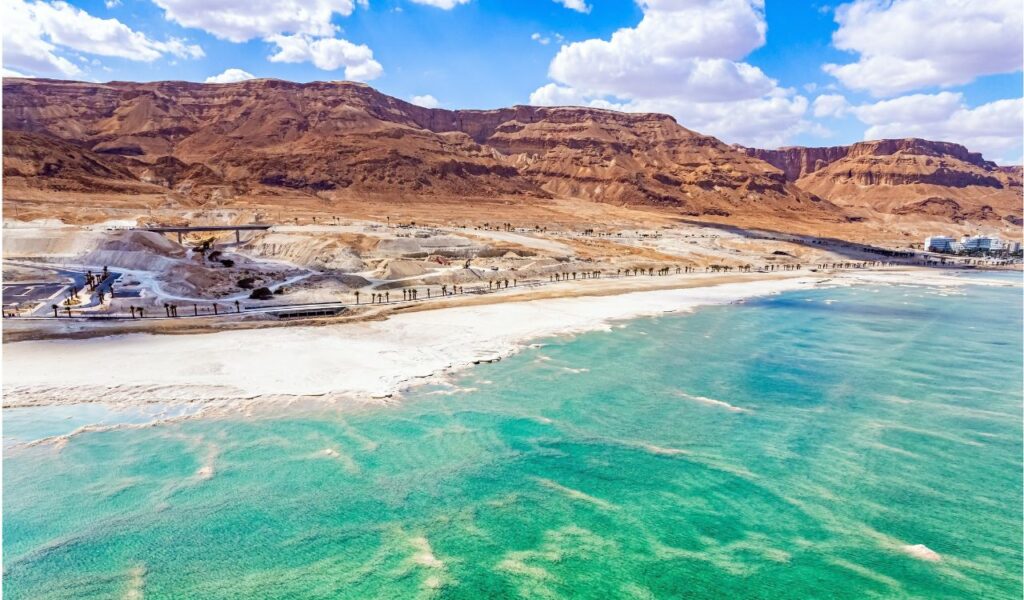
A surreal, hypersaline mirror at Earth’s lowest land point invites effortless floating, while shorelines collapse into sudden sinkholes as water levels fall. Regional water diversion and extraction drive the decline, but concentrated resort and spa use adds stress on unstable shores. Intrigue: its salinity is roughly ten times typical ocean water. It’s included because visitor interest sits atop a rapidly changing basin that demands careful stewardship.